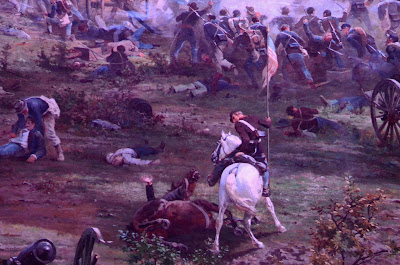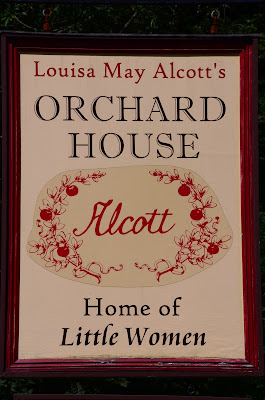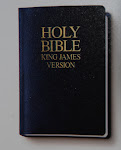We started off with a tour of several monuments: The Lincoln Memorial, The Vietnam Memorial, The World War II Memorial and the Washington Monument. It was so gratifying to see in person these famous landmarks that we've seen pictures of all of our lives. My favorite - The Lincoln Memorial.
It was very, very hot and humid while we were in DC, so we were thankful for air conditioned museums in which we could spend hot afternoons. Our first stop was the National Museum of American History. I made so many connenctions in this museum: The ruby slippers from one of my favorite childhood movies, an elephant from Disneyland (I might have ridden in it!), my first Barbie doll, and our first mini-van. What does it say about a person when her life is on display in a museum?
The Museum of Natural History and The Air and Space Museum were also favorites of ours. We saw an incredible 3 D movie about repairing the Hubble Telescope, the Hope Diamond, and other great displays in these two museums.
Listening to Congress debate the Finance Bill was on our list, but alas, when we arrived at the White House it had been evacuated of visitors and was temorarily closed while an investigation of some sort was going on. It was still great just seeing the White House from the outside.
We discovered that in Washington DC there are lots of free museums and monuments to see and their public transportation is the best of the major cities we visited. Below is the Metro tunnel beneath the streets of the city and a crowded Metro car. We got pretty good at riding the "Orange" line. Also below is the amazing Union Station. When it was built it was the largest train staion in the world and is visitied by 32 million people each year.
Saturday evening we took a night tour of DC, learning more of the history of our nation's capitol and enjoying the lighted monuments. The top left picture is the gate to China Town, then clockwise, the Washington Monument, the Lincoln Memorial, and the Iwo Jima Monument.
Can you tell the capitol was my favorite night view?
We discovered early on during this trip that it is hard work having fun. We were thankful for Sunday and a day of rest. We enjoyed church service and then visited the Washington DC Temple and Visitors' Center. We were very impressed with both! We enjoyed listening to videos of the three new apostles' witnesses of Jesus Christ. We especially enjoyed listening to Elder Christofferson's testimony, since he filmed it in the Sacred Grove while we were serving in Palmyra and then spoke to the Site Missionaries in a small meeting. So, this day on our trip home it felt good to be spiritually fed and to have a quieter day.
Monday morning was our last time to spend in Washington DC and we were pleased to be able to visit the Arlington National Cemetery. We arrived in time to watch the changing of the guard at the tomb of the unknown soldier. It was a reverent and impressive ceremony.
That's it for Washington DC, an amazing city of monuments and museums. We hope to visit again. Next, it's a drive throught the Apalacians.






































































.jpg)

